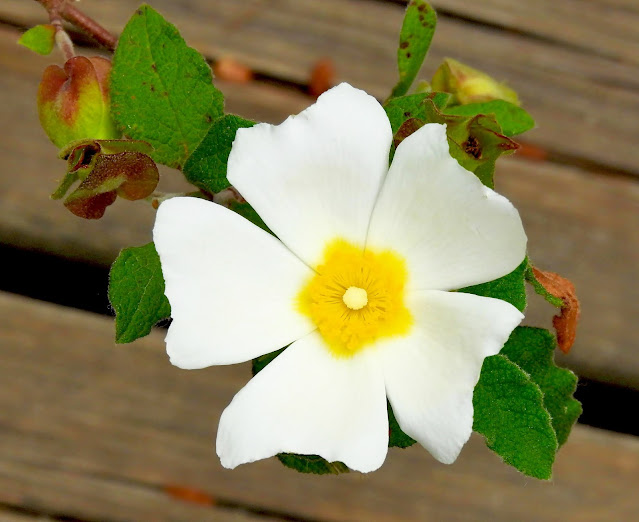This Blog contains Wildlife, Plants and Bird Photos from Walks, Safaris, Birding Trips and Vacations. Most of the pictures have been taken with my Nikon P900 and P950X cameras. Just click on any image for a larger picture. On the right column under the Blog Archive are the entries by date. Below that under Animal categories all the diffent species of Animals, Birds, Insects and Plants contained in the website are listed. Clicking on any entry will show all the entries for that species.
TOTAL PAGEVIEWS
TRANSLATE
Thursday, 15 April 2021
Wednesday, 14 April 2021
Tuesday, 13 April 2021
13-4-2021 DEVESA, VALENCIA - DUNLIN (Calidris alpina)
The dunlin moves along the coastal mudflat beaches it prefers with a characteristic "sewing machine" feeding action, methodically picking small food items. Insects form the main part of the dunlin's diet on the nesting grounds; it eats molluscs, worms and crustaceans in coastal areas.
The nest is a shallow scrape on the ground lined with vegetation, into which typically four eggs are laid and incubated by the male and female parents. Chicks are precocial, however are brooded during early development. They start to fly at approximately three weeks of age. The majority of brood care is provided by the male, as the female deserts the brood and often leaves the breeding area.
The dunlin has an extremely large range and although the population appears to be decreasing, the population is still very large.
Monday, 12 April 2021
Sunday, 11 April 2021
Subscribe to:
Comments (Atom)

















































